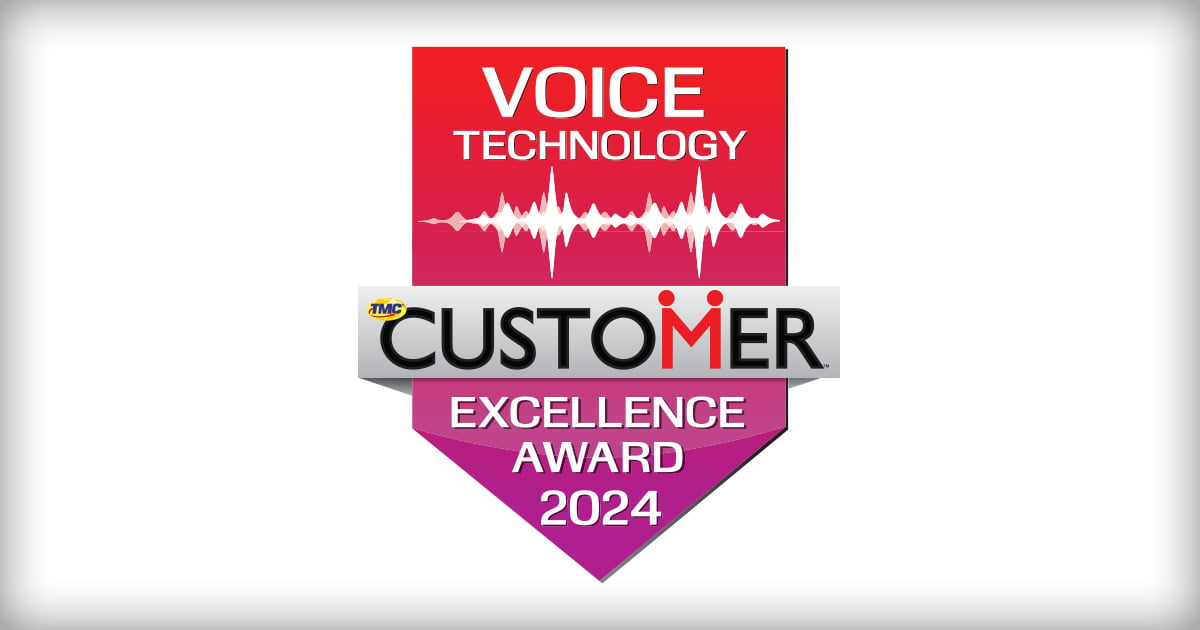The world has changed during the past 18 months, as a global pandemic disrupted nearly every business in every industry. Overnight, businesses had to reinvent how, where, and even when their employees work. While there’s no way to downplay the impact the pandemic had on businesses, the fact is it has accelerated several trends that were already emerging and are creating a more worker-centric labor model.
The first is remote work. Millions of businesses were forced into remote work situations, which proved that where people work has become less important than the simple fact that they are working. Advances in technology have proven that workers across many industries can be as productive remotely as they can in an office.
The other is the emergence of a more flexible work model that was already growing in the form of gig workers. More than a third of U.S. workers were part of the Gig Economy prior to the pandemic, with the majority saying they are doing the work they prefer. Overall, the freelance workforce was growing three times faster than the overall U.S. workforce .
The common factor between them is flexibility. A recent Ernst & Young survey shows how widespread that demand is: 90% of employees want flexibility in where and when they work, with 54% prioritizing “when” over “where.” Given that, it’s not surprising to see the freelance workforce growing. But, there’s more to the idea of flexibility than what the current gig model delivers.
“Flexibility is really the core of the modern workforce, and the Gig Economy was version 1.0 in terms of flexibility,” says Shiftsmart CEO Aakash Kumar. “Version 2.0 – the Flex Economy – is about evolving that to enable workers to choose their own shifts, while allowing employers to manage their workforces flexibly.”
Building the Flex Economy Workforce
To support this new, growing Flex Economy, Dallas-based Shiftsmart has developed an end-to-end labor management platform that combines applicant tracking, learning management, workforce management and scheduling, internal messaging, and instant payment into a horizontal system. It has paired the platform with a curated network of more than 500,000 workers across 50 countries, giving employers instant access to a skilled labor force when they need it.
“First and foremost, we are worker-centric,” says Kumar. “We fundamentally believe workers should have the ability to pick up their own shifts, to have flexibility, to enjoy instant payment for their shifts, and to be rewarded for their efforts with upscaled opportunities.”
To achieve that goal, Shiftsmart not only has become a labor provider through its platform and worker network, but it also makes its platform and tools available to employers who want to put their own workforces on their own instances of the platform. It allows employers to create and manage their own private labor pools, while offering employees maximum flexibility to manage their own schedules.
“Every worker should have access to that degree of flexibility, especially if the tools to enable it already exist,” Kumar adds.
Currently, Shiftsmart is focused on a few key verticals – contact centers, global audits and inspections, and B2B logistics and retail. These are all markets where flexible labor is in high demand, both by employers and workers. It is also looking to expand into other markets, like healthcare, which it believes can benefit significantly from the combination of flexibility and opportunity Shiftsmart creates.
Creating Skills-based Opportunity
Shiftsmart believes this new flexible work model is the future of labor. In fact, Shiftsmart rejects the traditional labor model that is tied to two outdated concepts: the idea that full-time jobs are the only real option, and the fallacy that workers can only do the jobs they have done previously. These are entirely employer-centric perspectives that don’t match well with the flexibility workers want today.
Instead, Shiftsmart has built its vision on two worker-centric concepts. The first is that workers should have maximum flexibility in choosing when and where they work – down to the individual shift level. The second is that workers shouldn’t be pigeonholed by a traditional role-based employment model. Workers have certain skills that have enabled them to perform previous roles, and those skills can often translate into other job opportunities. Shiftsmart has adopted a more skills-based approach to align skills, rather than work history, to opportunity.
Take, for instance, a server at a restaurant – one of the hardest-hit industries during the pandemic. If you are a server at a restaurant, that often leaves the impression that all you can do is be a restaurant server. Kumar looks at it differently; he sees a much greater opportunity.
Aakash Kumar
“If you look at it from a skills orientation, what you're actually saying is that good restaurant servers can deal in complex, chaotic environments, can stand on their feet for 8-9 hours a day, can deal with difficult customers, can memorize complicated orders with substitutions and edits, and they can do it all with a smile while providing a great experience,” he says.
“Is it just me, or is that not the greatest customer service agent, who should also be working in contact centers?” Kumar asks.
This skills-based approach enables Shiftsmart to create opportunities for workers, but it also enables it to react quickly to employer needs. In fact, one of Shiftsmart’s significant success stories is its ability to very rapidly staff a 2,000-agent remote call center for the U.S. Small Business Administration to handle a massive flow of calls about the Paycheck Protection Program.
Of course, regardless of the vertical or employer, there’s the issue of training. Regardless of a worker’s previous experience, some level of education is likely needed to create a successful engagement. For some – like the SBA’s contact center – the training process needs to be fairly extensive due to the nature of the work.
Shiftsmart has built an internal learning management system into its platform for this very reason. It includes micro learning modules that provide all the necessary training workers need for specific jobs and can be as detailed and comprehensive as needed. These learning modules can be customized for each individual employer, ensuring workers are appropriately educated on the specific job they will be doing. Combined with the up-front screening of workers and general orientation for the various markets, the training modules provide the information workers need to deliver quality work for employers.
“We really put a lot of weight behind the performance history and the profile of the worker, where, as they get more and more through the platform, employers are directly able to get feedback via our platform through worker profiles,” explains Kumar. “That's never really existed, because there's no clear performance history that we're able to track, or really just opportunity history, and we make that all available digitally.”
What it means is not only can employers scale their workforces almost instantly with skilled, trained labor, but workers have incredible flexibility for choosing when and where they work.
For instance, if a customer service organization finds it has peak periods on Wednesday afternoons and Saturday mornings, Shiftsmart’s ability to fractionalize shifts allows them to scale up during those periods – or anytime they need agents, whether it’s to fill job openings and manage growth, cover for sick workers, or handle high-volume periods. The Shiftsmart platform allows them to balance staffing needs at any time. Because employers pay per staffed hour, it creates a perfect balance between staffing needs and workforce availability, without having to worry about extended downtime during off-peak periods.
For workers, fractionalized shifts mean they have ultimate flexibility in picking not only who they work for on any given day, but when. It means employees who aren’t looking for 9-5 employment – a growing segment of the workforce – can still earn a paycheck. It means people looking for a second source of income to supplement their full-time jobs have an opportunity. It means stay-at-home parents can support their families while their kids are in school. It means college students can earn spending money when they have spare time during the week or on weekends. But they can also do it in a way that offers the flexibility to not work when other things come up, like a sick child at home or exam week. They can truly work as much or as little as they want, and for whomever they want.
“It all comes down to maximizing workers’ choice,” says Kumar. “The significant portion of our worker population likes working across multiple different employers and we enable that. We also have a portion of our network that wants to work 40+ hours a week, but what we are truly creating is an opportunity for that portion of the workforce that either can’t or doesn’t want to work full-time hours.”
Turning Theory into Practice
Shiftsmart has created countless job opportunities for workers with many top-tier companies, including the successful SBA contact center rollout. But perhaps its greatest success has been its Get Shift Done program.
The hospitality industry, like many others, was severely impacted by the COVID-19 pandemic. To help workers in need, Shiftsmart launched the GetShiftDone non-profit program, driven by its labor platform. The idea was to match laid-off or furloughed hospitality workers with critical meal-oriented non-profits, like food banks, then raise money to pay those workers. Shiftsmart itself generated no revenue from the project, but it was able to pay out more than $10 million in wages to skilled workers helping more than 100 non-profits in 12 cities, providing more than 60 million meals for those in need. Fast Company named GetShiftDone the Most Innovative Non-profit Startup of 2021 .
There is a second piece of the pandemic challenge Shiftsmart helped solve as well. During a time when many people were uncomfortable leaving home to work in an office environment, Shiftsmart was able to create a significant amount of work from home opportunities to allow people to continue earning. The company saw both employers and workers sign up for its platform at a record pace, with the contact center business, in particular, seeing significant growth. One of the biggest benefits for workers – in addition to simply being able to work, and choose when they work, is the ability to be paid almost instantly through the Shiftsmart platform.
“The types of opportunities we were able to provide to workers who had originally lost their roles allow them to continue working from home flexibly, and we did it almost instantaneously,” says Kumar. “Next day pay meant that, for workers who critically needed money because they had lost their core sources of income, not only were we able to provide work, but we were able to provide payment extremely quickly.”
The job market is in a state of flux like never before. There are businesses and industries with record-high job openings, and many companies are dealing with high no-show rates and missed shifts. At the same time, workers are looking for more power to choose their work environments. It’s one reason the Gig Economy has grown so rapidly.
What Shiftsmart has done is create flexible opportunities for hourly workers, which benefits not only the workforce but employers as well. It has taken the Gig Economy model that drives businesses like Uber, Lyft, DoorDash, Postmates, and others and expanded it to other industries and workers with diverse skills that can be transformed into new roles. Now, not only do businesses have access to a large network of qualified talent, but those workers have unprecedented options for how, when, and where they want to work. It’s all done through Shiftsmart’s labor platform, designed specifically for the modern workforce.
“Workers can just turn on an app, flip a switch, and work whenever they want and, ultimately, this satisfies their fundamental desire for flexibility,” concludes Kumar.
Learn more about Shiftsmart and how its platform is supporting the evolving needs of both the modern workforce and employers by tuning in to the on-demand webinar: Using Enterprise Labor Networks to Drive High-Quality, Flexible Contact Centers . While the webinar features the customer service space, the content – like Shiftsmart’s technology and network – are applicable to businesses across all industries
Edited by
Erik Linask





